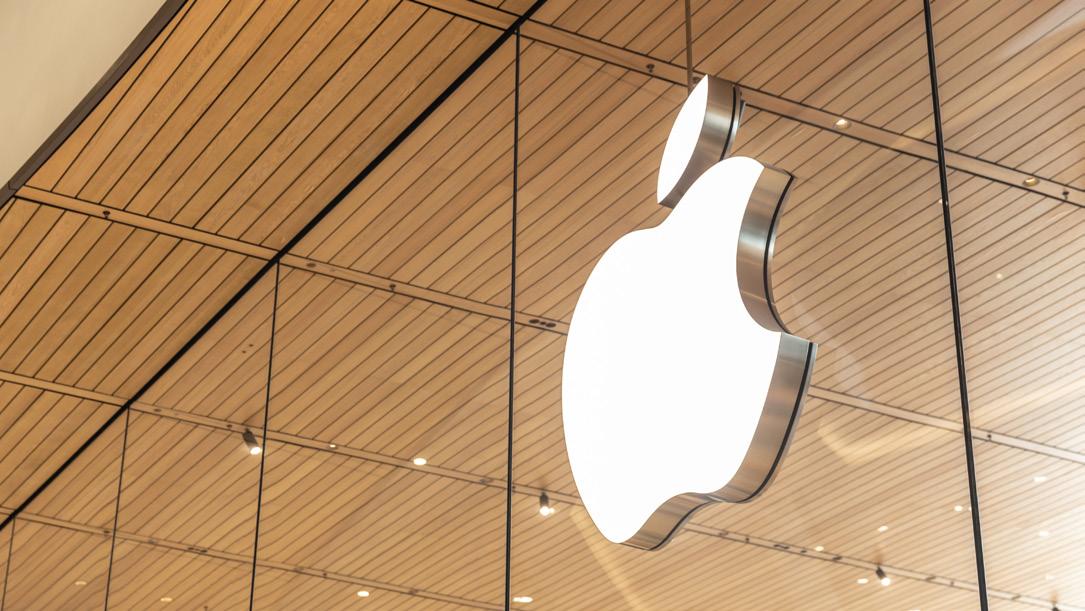
4 minute read
Why bonds are back, how to invest in them and our best pick
This asset class has become more attractive as a lower risk source of income again
With interest rates moving up rapidly over the last year bonds now offer equity-like returns with far less risk. They are also likely to provide ballast to portfolios if recession strikes over the coming months.
This article explains the reasons behind the change in fortunes for bonds and provides some ideas on where to get exposure to different parts of the market.
Investing in individual bonds requires specialist knowledge and deep pockets which means for most investors funds are a good choice as they make this market more accessible and provide ready-made diversification.
WHAT HAS CHANGED?
Bonds or fixed income securities are IOUs from governments and companies and they used to be boring but reliable. They haven’t been either in the last two years.
Bonds failed to provide their customary protection against stock market turmoil in 2022 with the Bloomberg Global Aggregate Bond index falling 14%, the second consecutive year of losses.
This was bad news for 60-40 portfolios which rely on bonds to provide a positive return in times of market stress. The poor price performance (prices move inversely to yield) means that for the first time in two decades bonds now provide a decent income with UK 10-year government bonds yielding around 3.3%, albeit they did reach 4% in October 2022.
In other words, the outlook for bonds has changed dramatically. In its 2023 outlook, asset manager Fidelity argued higher bond yields will enable bonds to be a good source of reliable low-risk income once again.
How To Invest In The Bond Markets
There are a hierarchy of risk levels associated with investing in different parts of the bond market. The safest part is short-dated government bonds, also known as sovereign bonds.
Shorter dated bonds usually pay a lower rate of interest than longer dated ones. Today that isn’t the case because central banks have been rapidly increasing interest rates to slow the economy and bring down inflation. This means shorter dated bond yields are higher.
For example, UK two-year bonds currently yield 3.4% which is above the 10-year, but below the 3.7% offered on 30-year bonds.
Shorter dated bond prices are less sensitive to changes in interest rates than longer dated bonds and therefore more defensive than longer dated bonds.
Investors who believed inflation and interest rates have peaked may prefer the longer end of the government bond market.
The Lxyor FTSE Actuaries UK Gilts ETF (GILS) invests across the entire bond market and has a trailing yield of 2.4% and an ongoing charge of 0.05% a year.
A product which tracks the shorter end of the UK government bond market is Lxyor FTSE Actuaries UK Gilts 0-5-year ETF (GIL5) which has an ongoing charge of 0.05% a year.
Investment Grade Corporate Debt
Moving one step along the risk spectrum, corporate bonds offer a higher yield or ‘spread’ over government bonds. This reflects the credit risk (corporations with weak balance sheets may not pay back their loans in full) investors are taking on in this part of the market.
Investment grade refers to the highest quality part of the market and these companies have stronger balance sheets which should make them more resilient in an economic downturn.
The consensus view is that investment grade bonds are currently the sweet part of the market. In late 2022 investors could pick up 6% yields without taking on much risk. These yields have not been seen since the early 2000s.
A strong start to 2023 has seen investment grade bond prices increase by around a tenth and yields drop to around 5%, but many investors still see this as attractive. If the US economy falters there is the prospect of interest rates falling which could give investment grade bond prices a further boost.
Morgan Stanley argues that US corporate earnings estimates are too high and will lead to falling revisions as companies update the market. Chief strategist Michael Wilson says: ‘The consensus might be right directionally, but wrong in terms of magnitude… We think it’s in the magnitude of the move lower led by much weaker earnings and a Fed committed to fighting inflation.’
With the UK in a weaker economic position than the US, the case for owning high quality corporate bonds also stacks up.
SHARES’ TOP PICK
Allianz Strategic Bond Fund (BYT2QW8)
Even the professionals are divided on which part of the bond market looks like the best bet, although there are clear attractions of corporate investment grade credit. That’s why we highlight the Allianz fund which has an unconstrained mandate to invest what the managers believe are the best opportunities.
Headed by Mike Riddell we like the team’s discipline which ensures it behaves like a bond fund. This means it should provide ballast against falling share prices. The team recently increased exposure to government bonds which means it is positioned for a recession and lower interest rates. The fund has a trailing yield of 3.7% and an ongoing charge of 0.43% a year.
An example of an actively managed global fund is Artemis Corporate Bond (BFZ91W59) which has a trailing yield of 3.24% and an annual ongoing charge of 0.37%. The fund uses a combination of long-term strategic positions with shorter term tactical positions to take advantage of opportunities.
The iShares GBP Corporate Bond ETF (SLXX) has a trailing yield of 2.77% and an ongoing charge of 0.2% a year.
For the US market the iShares Broad USD Investment Grade Corporate Bond ETF (USIG) provides exposure to a wide set of US corporate bonds. The ETF holds bonds of well-known companies such as Apple (APPL:NASDAQ), JPMorgan Chase (JPM:NASDAQ) and Goldman Sachs (GS:NYSE)











